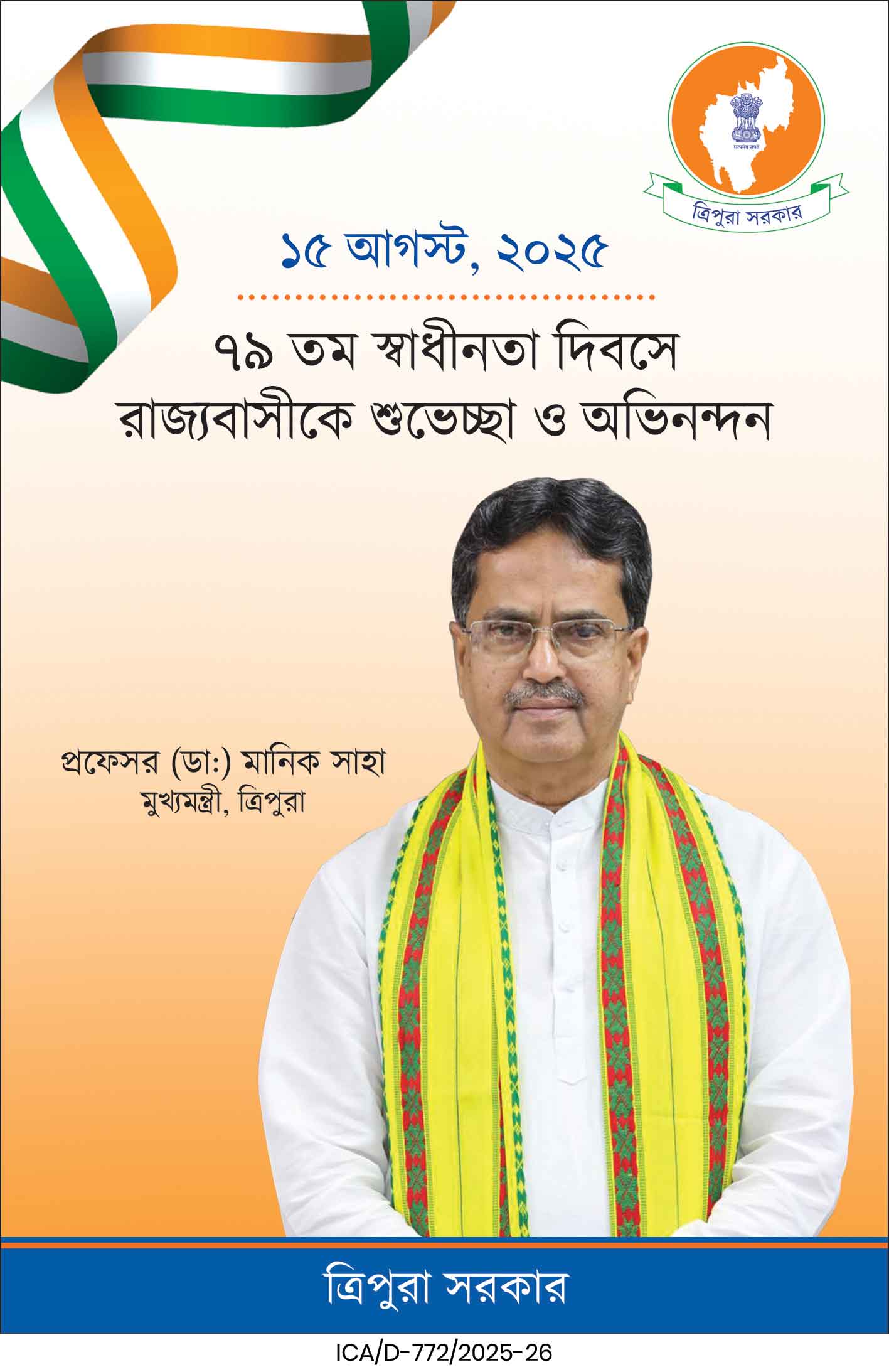The mineral-rich Northeast is emerging as India’s new frontier for critical minerals like lithium, cobalt, and rare earths. Backed by government focus, infrastructure drive, and auctions, the region is poised to power clean energy, industrial growth, and national resilience. Northeast’s role in Viksit Bharat 2047 gains momentum.
Once considered a remote and underdeveloped region, India’s northeastern states are now taking center stage in the country’s push towards self-reliance in critical minerals and clean energy. The region, rich in key resources such as lithium, cobalt, rare earths, vanadium, graphite, and chromium, is poised to play a transformative role in powering India’s economic and technological future.
This strategic shift comes at a time when the world is moving rapidly towards green and digital technologies — all of which rely heavily on a steady supply of critical minerals. From semiconductors and smartphones to renewable energy infrastructure and electric vehicle batteries, these minerals are indispensable for modern industries and national security.
In a significant announcement, the Government of India recently acknowledged that several northeastern states host critical mineral reserves. As part of the National Mineral Exploration Trust’s (NMET) ongoing survey, 38 potential mining blocks have been identified across the Northeast, with seven already cleared for auction. The move is aimed at fast-tracking exploration, extraction, and sustainable utilization of these resources, while boosting local economies.
The urgency to tap into domestic sources of critical minerals is further accentuated by the fragile global supply chains, where production is currently dominated by a handful of countries, most notably China. Geopolitical tensions and trade restrictions have added volatility to international markets. Against this backdrop, India’s northeast offers both strategic and economic opportunities, with its mineral wealth contributing to national resilience and reducing import dependence.
The recently concluded North-East Mining Ministers’ Conclave in Guwahati further solidified this agenda. Attended by key stakeholders, including Union and State Ministers, industry leaders, and officials from the Geological Survey of India, the event emphasized the Centre’s commitment to strengthening mining infrastructure, easing regulatory processes, and promoting environmentally sound mining practices in the region.
Union Minister for Coal and Mines Pralhad Joshi, who chaired the conclave, noted that “the development of the Northeast is not only a regional priority but a national necessity,” adding that the region is pivotal to the realization of Prime Minister Narendra Modi’s vision of Viksit Bharat 2047. The eight northeastern states — Assam, Arunachal Pradesh, Meghalaya, Manipur, Mizoram, Nagaland, Tripura, and Sikkim — are often hailed as Ashta Lakshmi, a symbol of prosperity and potential.
The momentum behind India’s mineral auction system also reflects the country’s preparedness to scale up resource mobilization. Since FY 2024–25, a total of 283 mineral blocks have been notified for auction nationwide, of which 161 have been successfully awarded. Importantly, this includes five blocks in Assam and four critical mineral blocks in Arunachal Pradesh. These successful bids are expected to unlock investment, generate employment, and build regional capacity in the mineral and allied sectors.
Industry analysts believe that the North-East’s rising role in the mineral economy will not only spur regional development but also realign India’s strategic resource map. A report by CareEdge Ratings underlines that India holds around 8 per cent of the world’s rare earth reserves — positioning it well to emerge as a key supplier amid the expected global shift away from China’s mineral dominance.
The government’s integrated approach — combining exploration, regulatory reform, industrial incentives, and green practices — is geared towards making India a reliable hub for critical mineral processing, thereby enabling the country to become a vital player in global supply chains.
Furthermore, the potential of the northeastern region goes beyond mining. The mineral economy could trigger a cascading effect across other sectors such as logistics, infrastructure, skilling, and manufacturing. Local communities, especially tribal populations, are expected to benefit through job creation, revenue-sharing models, and enhanced socio-economic development.
| Also Read: Tripura to host Northeast’s 1st 800 MW Pumped Storage Project: NHPC |
While challenges remain in terms of terrain, ecological sensitivity, and regulatory coordination, the Centre’s renewed push signals long-term commitment. With the right policies, public-private collaboration, and community engagement, India’s Northeast can transform from a strategic outpost into a powerful engine of economic progress and green growth.
As the country races to secure its place in the global clean energy transition, the critical mineral-rich Northeast is no longer at the margins — it is now at the heart of India’s growth story.





